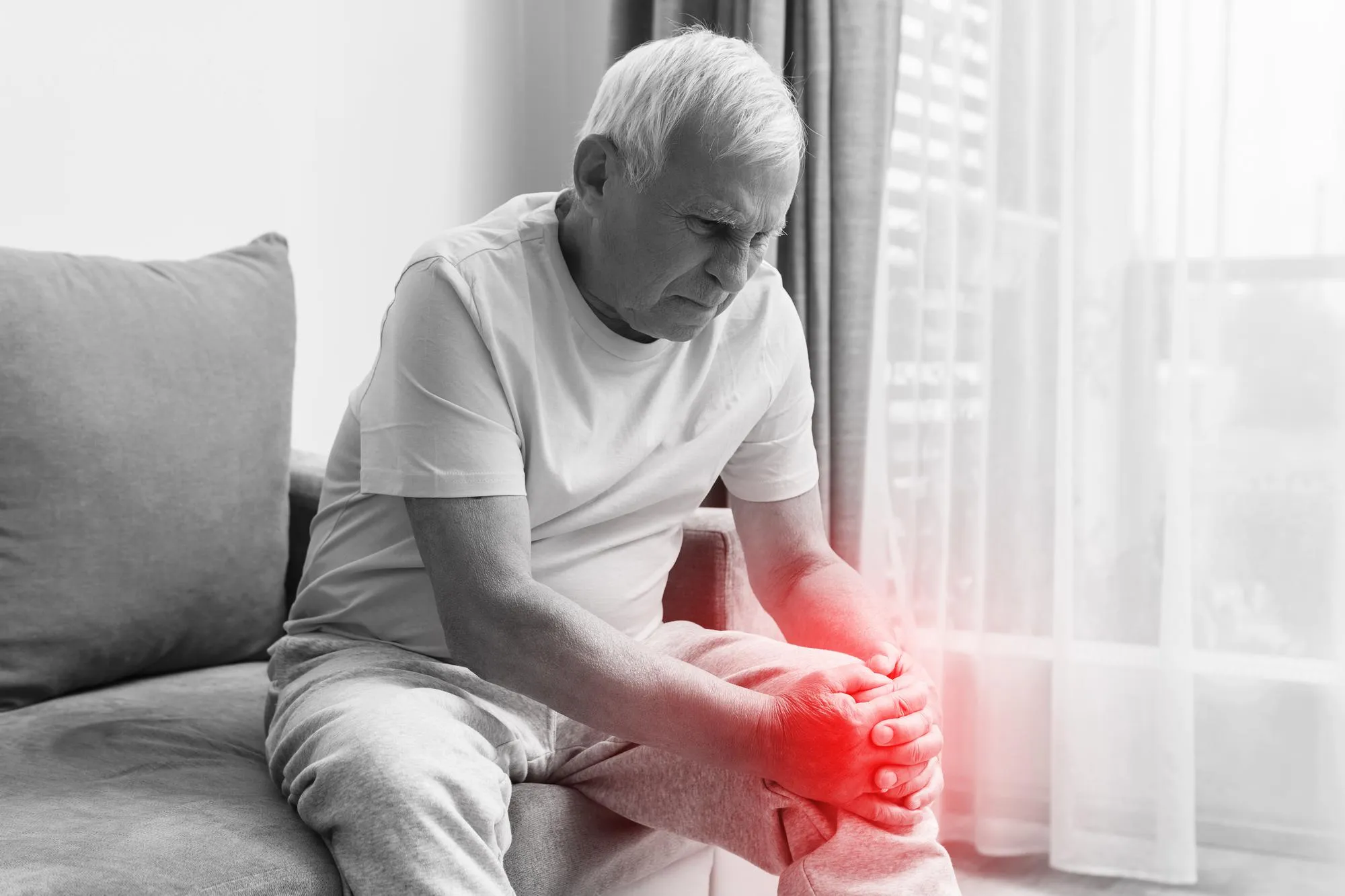Keywords
1. Osteoarthritis
2. C-Reactive Protein
3. Alcohol and Inflammation
4. CRP Level
5. NHANES Study on OA
Osteoarthritis (OA), the most common form of arthritis affecting millions globally, is characterized by joint pain and stiffness resulting from the deterioration of articular cartilage. As a condition primarily associated with aging and mechanical wear and tear, research has also identified the significant role of inflammation in its progression. A recent groundbreaking study, published in The Journal of Nutrition and based on data from the National Health and Nutrition Examination Survey (NHANES), has shed new light on the interplay between alcohol consumption, C-reactive protein (CRP) levels, and the prevalence of self-reported osteoarthritis (OA).
C-reactive protein, long established as an inflammation marker, is critical for understanding the inflammatory aspect of osteoarthritis. This latest study (DOI: 10.1016/j.tjnut.2024.01.009), which involved a massive cohort of 50,259 participants, was designed to uncover the potential moderating effect of alcohol consumption on the association between CRP levels and self-reported OA.
The results of the study are as surprising as they are significant. Amidst the vast clashes in previous research outcomes regarding the influence of alcohol on the CRP-OA relationship, the study by He Kaiyin and Huang Hao from the Department of Clinical Nutrition and Department of Pain Management at The First Affiliated Hospital of Jinan University, respectively, stands out by providing strong evidence of the intricate relationship among these variables.
A comprehensive look at the study’s methodology reveals that the research team performed a cross-sectional analysis utilizing the extensive NHANES dataset spanning 2005-2010 and 2015-2018. A meticulous multivariable logistic regression model was employed to analyze the relationships, with adjustments made for various covariates—a testament to the rigor of the study.
The findings from the main and sensitivity analyses showed that in the absence of alcohol, every 10 mg/L increase in CRP level corresponded to a 13% increase in the prevalence of self-reported OA, an association that was statistically significant (p=0.007). This finding falls in line with the understanding that inflammation is a key component in the development and progression of OA.
Contrastingly, the research unveiled a seemingly paradoxical effect of alcohol: in individuals who consume alcohol, the same 10 mg/L rise in CRP level coincided with a staggering 59% decrease in the prevalence of self-reported OA (p=0.005). This indicates a significant interaction (p for interaction < 0.05) between alcohol consumption and CRP levels in relation to reported OA symptoms.
The clarity with which the study illustrates these differences is unprecedented. For a long time, the notion that alcohol might have an anti-inflammatory effect has persisted, but direct evidence, especially in relation to OA, has been sparse. Given the anti-inflammatory properties of certain types of alcohol, such as red wine, in moderation, it is tempting to speculate that the study’s findings could signal a broader biological intricacy at play.
However, these findings should be interpreted with caution. As noted, the observed interaction effect is quite surprising and requires further exploration to fully understand the biological mechanisms underpinning the relationship between alcohol intake and reduced OA prevalence when accounting for CRP levels.
It is vital to remember that the consumption of alcohol carries numerous health risks, and its impacts on health can vary widely among individuals, often with detrimental consequences. Alcohol’s capacity to interact with medications, disrupt sleep, and contribute to chronic conditions such as liver disease can’t be ignored.
References
1. Helmick, C. G., Felson, D. T., Lawrence, R. C., et al. (2008). Estimates of the prevalence of arthritis and other rheumatic conditions in the United States: Part I. Arthritis & Rheumatism, 58(1), 15-25. doi:10.1002/art.23177
2. Libby, P., Ridker, P. M., & Maseri, A. (2002). Inflammation and atherosclerosis. Circulation, 105(9), 1135-1143. doi:10.1161/hc0902.104353
3. Stannus, O. P., Jones, G., Cicuttini, F., et al. (2013). Circulating levels of IL-6 and TNF-α are associated with knee radiographic osteoarthritis and knee cartilage loss in older adults. Osteoarthritis and Cartilage, 18(11), 1441-1447. doi:10.1016/j.joca.2010.08.016
4. Kiechl, S., & Willeit, J. (1999). The natural course of atherosclerosis. Part I: Incidence and progression. Arteriosclerosis, Thrombosis, and Vascular Biology, 19(6), 1484-1490. doi:10.1161/01.atv.19.6.1484
5. Imhof, A., Woodward, M., Doering, A., et al. (2004). Overall alcohol intake, beer, wine, and systemic markers of inflammation in Western Europe: results from three MONICA samples (Augsburg, Glasgow, Lille). European Heart Journal, 25(23), 2092-2100. doi:10.1016/j.ehj.2004.09.032
Closing Statements
This study provides a significant contribution to the ongoing discourse regarding the roles of lifestyle factors in the management and understanding of osteoarthritis. By highlighting the potentially modulating effect of alcohol on the inflammatory process, as evidenced by the interaction with C-reactive protein levels, researchers and clinicians alike are offered a new dimension to consider when advising patients with osteoarthritis. Further studies are necessary to elucidate the precise mechanisms of this interaction, to confirm these findings, and to establish concrete guidelines for alcohol consumption in individuals with inflammatory conditions like OA.
Caution should always be at the forefront, as the relationship between alcohol and health is complex and multifaceted. The nuances unearthed by this study represent a clear call for more nuanced consideration of how moderate alcohol consumption might influence inflammatory markers and disease outcomes in osteoarthritis—while always weighing the risks and benefits on a case-by-case basis.
